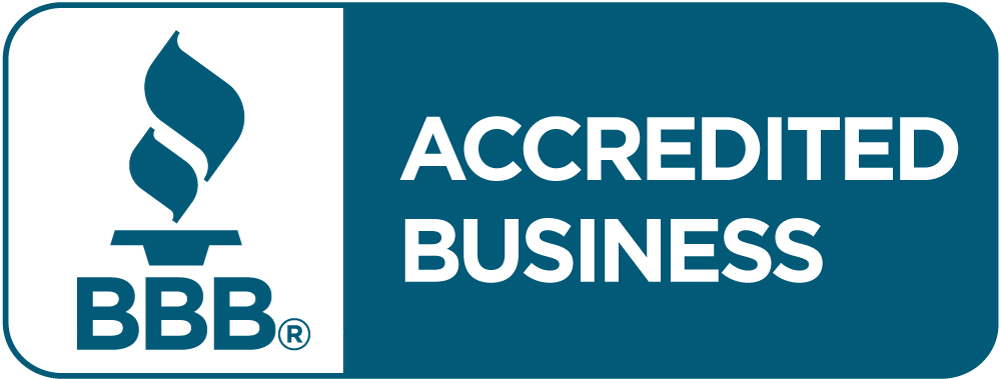Quick Links
ToggleFood costs have always been a concern in the restaurant industry, but with today’s high inflation rates, almost every restaurant owner is feeling the squeeze. As of September 2022, overall food costs had seen a year-over-year increase of 11.4%. Some restaurant staples spiked even higher, including eggs (39.8%), bread (16.2%), and chicken (16.6%). Unfortunately, relief may not be coming any time soon. Food prices are predicted to increase another 3.5% to 4.5% in 2023.
To stay afloat during these trying times, it’s more important than ever to manage your restaurant cash flow by maximizing your income while also minimizing your operating expenses. While this certainly isn’t a new concept, there are several steps you can take to help combat the effects of skyrocketing inflation. Start with these six tips.
How to Optimize Your Restaurant Cash Flow?
1. Automate Your Accounting
You can’t manage your income and expenses if you don’t keep track of them. Many restaurant owners find accounting challenging and time-consuming, but it’s a critical part of managing your business.
Consider streamlining your accounting by choosing a restaurant point of sale (POS) system that integrates directly with your accounting platform. Not only can this eliminate the tedium of manually entering data, but it can also improve accuracy and allow you to easily see your financial performance at a glance.
2. Evaluate Your Profit Margins
As food costs continue to increase, it’s even more important to regularly evaluate your menu and eliminate dishes that aren’t generating acceptable profits. Even if items don’t cost a lot to prepare, if they generate little or no revenue, the expenses can add up, especially when inflation rears its ugly head. Since food prices are changing rapidly, to optimize cash flow, you’ll want to perform this evaluation at least every few months.
You may also be able to lower your food costs by cutting back on menu items featuring high-cost foods like meat, eggs, and poultry and replacing them with more vegetarian or vegan options. This can help you reduce your cost of goods sold and create higher profit margins.
3. Avoid Food Waste
Once you’ve optimized your menu, it’s important to keep a close eye on your inventory so you can avoid food waste as much as possible. To make sure you only order what you need, carefully track both your sales and stock levels.
Also, generate weekly sales forecasts so you know how to adjust your ordering in response to changes in demand. This can help ensure you don’t run short while also allowing you to avoid overstocking and food waste. If you’re not already using an automated system to optimize your inventory ordering, now might be the right time to invest in an upgrade.
4. Reduce Overhead Costs
After food, overhead is one of the largest expenses in the restaurant industry. Finding ways to lower your overhead costs can significantly improve your cash flow. However, you’ll want to be careful about making drastic changes, such as layoffs, unless there is no other choice.
Rather than cut back on employees and other costs that can impact your customer service, look for other options, such as lowering credit card processing fees, offering online ordering, or renegotiating your lease.
5. Offer Discounts and Promotions
While lowering your prices might seem counter-intuitive when your costs are rising, strategically offering discounts or promotions can attract customers. Once you understand which menu items have the largest profit margins, you can offer discounts on them and still maintain profitability. Also keep in mind that liquor costs have increased less than food costs, so offering happy hour deals or alcohol specials may help you increase your traffic without significantly decreasing your cash flow.
6. Explore Loan Options
Even if you implement all of the cash flow optimization tips above, there’s still a chance you may find that you’re short on the cash you need for your day-to-day operations. Having access to a short-term loan or a merchant cash advance can help you get through tight times without having to make major changes to your business.
Contact us at (714) 500-6622 to learn more about your options. You could qualify for up to $250,000 in just 24 hours.










